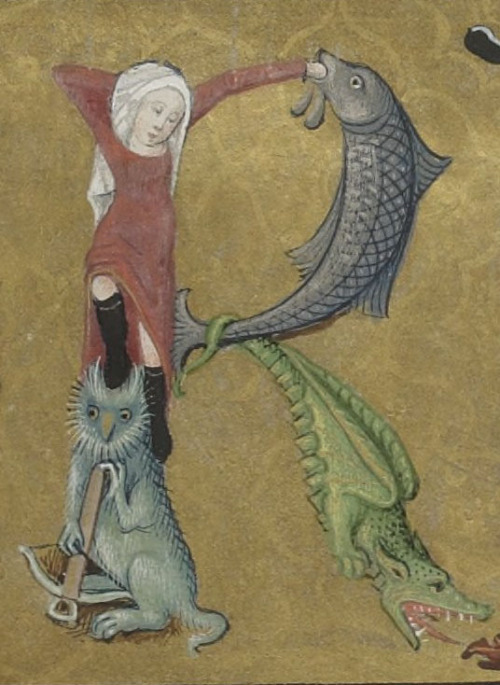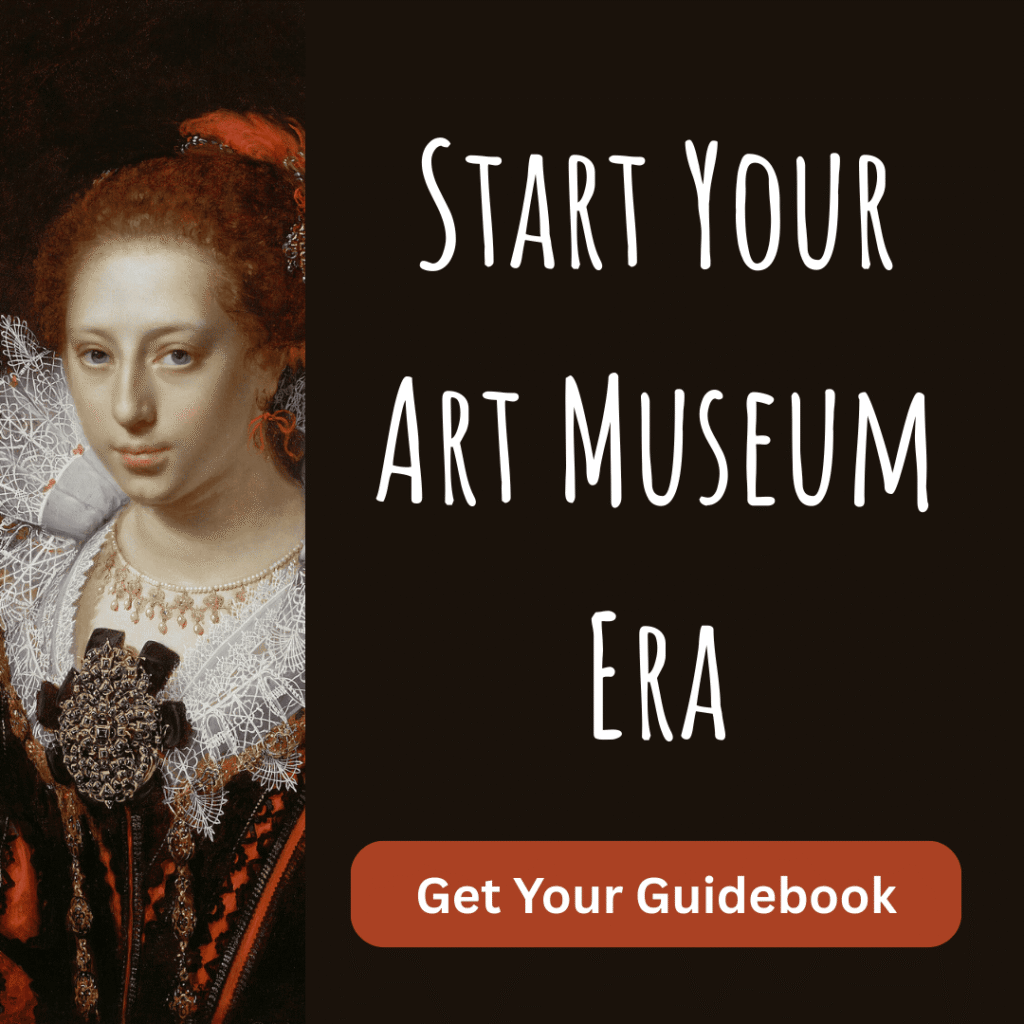Welcome to 31 Days of Medieval Manuscripts, a month-long series introducing the fascinating and brilliant world of medieval illuminated manuscripts.

One of the things that I love about illuminated manuscripts is their frequent capacity for complete and inexplicable weirdness. Amidst the beautiful decoration, perfect lettering, and pious illustrations that fill many manuscripts’ pages, you can also find grotesque or fantastical creatures, anthropomorphized animals, and figures carrying out a variety of bizarre or even vulgar behaviors. Some of these images, like the one above, show animals doing strange and often comical things. These illustrations are called “drolleries” (read more about that here).

The reasons for these illustrations, which mostly appear along the edges of manuscript pages, are still largely unknown to scholars, though various theories have been posited. Do they depict now-lost fables? Were they meant to warn readers against immoral actions? Could they be some sort of illustrators’ joke? I don’t know if enough information has survived to the present day to ever fully answer these questions, but that won’t stop historians (including me) from continuing to try.



